The increased prevalence of vaping means that the need to enhance oversight in areas where vaping is prohibited including learning institutions, working places and public areas. Such trends encouraged are among the many measures being adopted with more frequency to curb the vice, one being the use of Vape detectors. These devices are designed to identify the presence of vapor from e-cigarettes and notify the responsible authorities any break of no-vape rules. But what does a vape detector look like? So in this article, we will focus on explaining how the Vape detectors look like and how they work, together with where they can be placed.
Introduction to Vape Detectors

Vape detectors are used in ASU’s where smoking and vaping are prohibited or restricted. Their main application is to enforce compliance with the legal requirements designed to encourage healthier settings. ; they are similar to original smoke detectors but they have a different sensor because they are designed to detect vapor created by vaping, an activity that is done using electronic cigarettes.

For instance, some of the essential areas applying these detectors include schools, public areas, and workplaces that have not found easy ways of implementing no vaping policies. But how do those devices appears and how they work?
Appearance of Vape Detectors
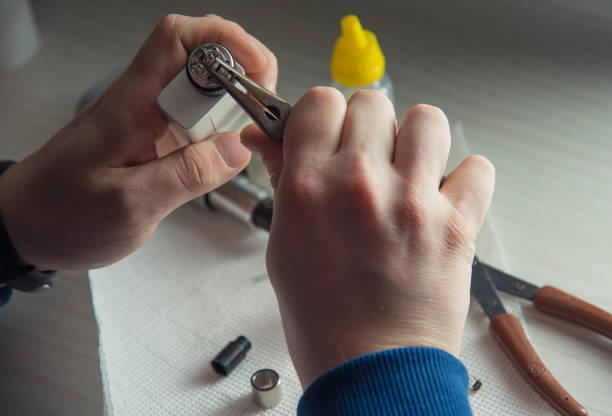
Vape detectors are generally created to be inconspicuous and therefore can easily be placed at specific areas. These are generally compact in size, and are hidden in the form of wall or ceiling mounted equipment. Here are some key physical characteristics of vape detectors:
Compact Size:
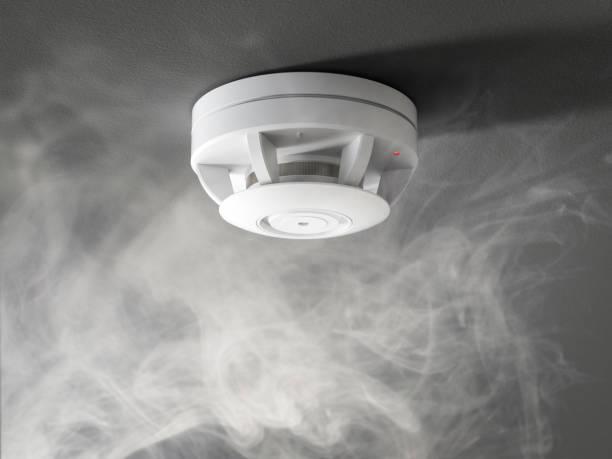
Most vape detectors are compact and may hardly be noticed in a given environment. Because they are small, they can be installed in different areas without necessarily being conspicuous. In size, a vape detector is almost similar to a standard smoke or carbon monoxide detector for ease of installation in small areas.
Minimalist Design:
These devices have a smooth and minimalist look. They are generally white or gray in colour to make them less conspicuous in most interior spaces. This makes them relatively small and they don’t pose a hazard of looking like an eyesore to the area they are placed.
LED Indicators:
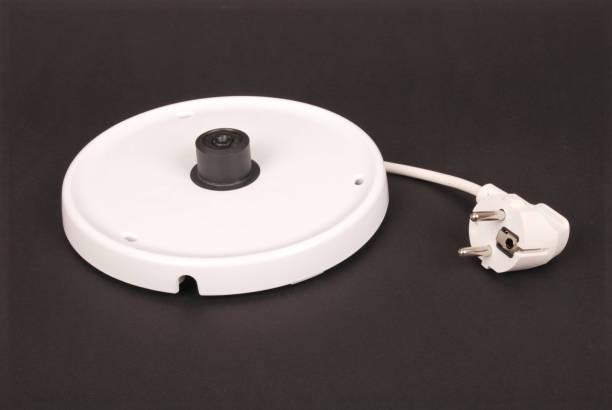
There are models of vape detectors with low-power indicator lights located on the case of the device. These lights may blink or turn different colours meaning to signify whether the device is on, in standby mode and whether it is actively measuring vapor. The LED is generally low profile so it doesn’t stand out too much.
Ventilation Grills:
Due to the ability of the vape detectors to analyze the air quality and to identify vapor particles, most of the models include small ventilating grills or openings through which air flows through the product. These grills are mounted at the front or sides of the detector and they are meant to collect the vapor particles well.
Wall or Ceiling Mounting:
Vape detectors remain installed on the walls or ceilings as it is the case with smoke detectors. Such positioning enables them to monitor a large area in the house and also identify vapor from different sections of the room. In school compounds or workplaces they are fixed in areas that embrace the act of vaping like in restrooms, stairwells or corners.
Hidden in Plain Sight: At times, these detectors are made extremely inconspicuous in appearance and installation, often blending together with other structures such as a light covering or a vent. This makes it possible that those who are likely to vape in prohibited areas are not very likely to see the detector and thus be unable to look for ways of going round it.
How Do Vape Detectors Work?

Although, the structure of the identified type of the vape detector seems quite simple, its functioning is less so. Here’s a breakdown of how these devices detect vapor:
-
Sensors: Vape detectors boast of highly sensitive sensors specifically for detecting particular chemicals and particles in vapor. These sensors are not the same as those found in smoke detectors because, though vapor particles are more miniscule than smoke particles, they don’t last for a long time. Most vape detectors use a combination of sensors, including:
-
Particulate Sensors: These sensor measures the fine particles that exist in vapor formation. When an individual vapes, droplets of vapor go into the air and the sensor captures them.
-
Chemical Sensors: Another type of vape detectors are devices that detect individual chemicals present in the vapor that constitutes the so-called ‘eliquid,’ including nicotine, Propylene glycol, and the various flavor enhancers. If these chemicals are expelled into the air through vaping, the detector picks their existence up.
-
-
Data Analysis: As soon as the vape detector detects the vapor, it applies the necessary algorithms in an attempt to decipher whether or not the signal it is detecting emanates from an e-cigarette. Most current models contain vape detecting AI algorithms that can distinguish vaping from other events, for instance, dust, or steam. That increases the probability of receiving fewer false alarms and increases the level of accurate detection.
-
Real-Time Alerts: Once a vape detector recognizes vapor, it triggers an alarm and informs specific individuals in the school including the administration or security team. These alerts in them may be via e-mail, text message or via a security system that is relayed within the facility. Some of the vape detectors can also produce a sound alarm within the area that the vaping has been done.
-
Monitoring and Reporting: Some of the vape detectors are installed within complex systems that can track and record data in real-time. Some of the reports developed are reports that capture the time and the location of vaping, which assist the administrators to make follow ups in no vaping zones.
Where Are Vape Detectors Installed?
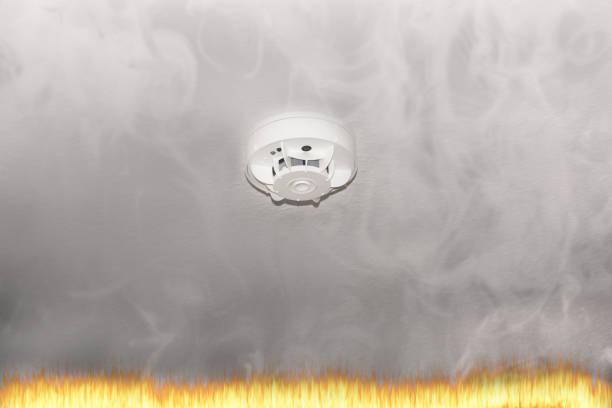
Vape detectors are mostly used where vaping is banned or where it is hard to monitor them. Common locations include:
-
Schools: Vape detectors are usually placed in high school and middle school areas where students vaping are most likely to do it, such as in restrooms and locker rooms.
-
Offices and Workplaces: It is common to find organizations placing vape detectors in offices, cafeteria, washrooms and other social areas, to enforce compliance with organizational vaping policies.
-
Public Buildings: It is fitted in government offices, libraries, and other public facilities where the use of vapor products is prohibited.
-
Healthcare Facilities: Different healthcare facilities may use vape detectors to deter vaping in patients’ rooms, lobby, and even washrooms.
-
Transportation Hubs: Vape detectors may be installed in airports, train stations and bus terminals to ensure compliance with no smoking and no vaping policies.
Challenges and Limitations of Vape Detectors
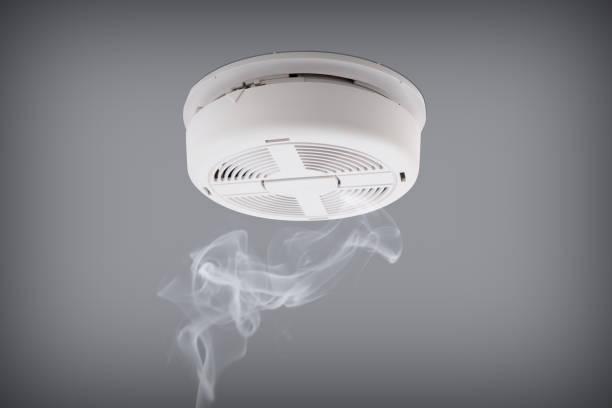
While vape detectors are effective in many situations, they do have some limitations:
False Alarms:
There are some vape detectors that may need to be recalibrated and may give off a false alarm when steam is released, aerosol sprays, or dust is detected. But, and this is something that new models have solved better, the AI technology is better able to distinguish between vapor and other airborne particles.
Privacy Concerns:
Areas like schools have raised an issue with vape detectors being placed in areas such as rest rooms because students expect privacy there respectively. This means that schools have to fit their discipline with the freedom of students.
Bypassing Detectors:
While there are smart vape detectors they may be avoided; their surface covered or a room will be vaped in where the detectors are not fixed. That is why it is necessary for administrators to read reports repeatedly and shift detectors if necessary more often.
Conclusion
The vapour detectors are compact devices that help to implement and maintain no-vaping policies in different settings. Even through they bear resemblance to the common smoke detectors, they contain special sensors to identify vapor molecules and compounds. These detectors have a very important part to play in ensuring that premises such as schools, workplaces and public buildings remain smoke free.
Since vape is becoming popular, so people around the world will employ the use of vape detectors. These devices make it easy to enforce no-vaping ordinances and give everyone a healthier environment to be in.
Summary
Vape detectors are small and discreet, intended to alert a room or specific individual when it discerns vapor particles from an e-cigarette. They are usually in places such as schools, work places and public facilities where use of vaping devices is prohibited. These detectors have particulate and chemical interface to distinguish the existence of vapor and inform the management or security team. Nonetheless, like any other devices, vape detectors are known to produce false alarms occasionally, and some people might try to circumvent the same.However, vape detectors are vast assets when it comes to ensuring compliance and enforcement of no vaping areas as they embrace smoke-free policies.

